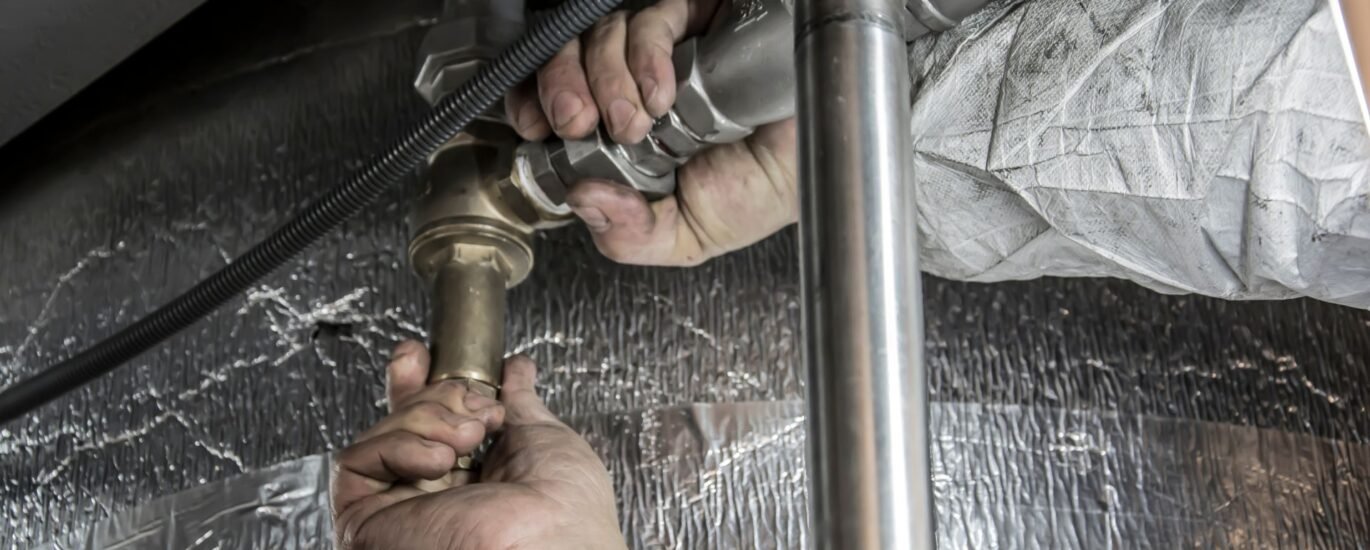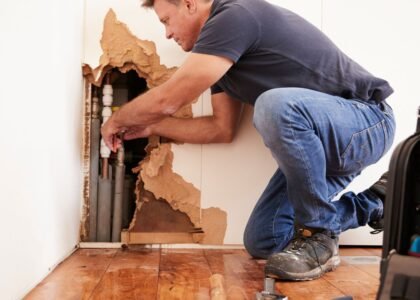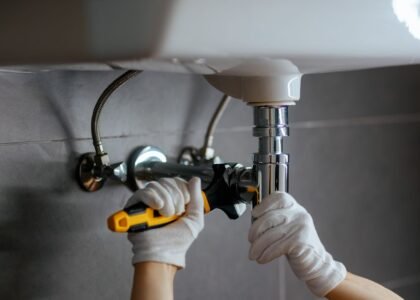Introduction
Plumbing systems are the backbone of every home — quietly moving clean water in and waste water out. But when something goes wrong with your pipes, it can disrupt your daily life, cause water damage, and even threaten your home’s foundation. Knowing when to repair or replace your pipes isn’t always easy.
In this guide, we’ll explore how to tell when your pipes need professional attention, what signs to look for, and how a trusted local plumber can help you choose the right solution.
If you’re already seeing leaks, corrosion, or slow drains, it may be time to schedule a professional inspection. Learn more about pipe repair or replacement services here.
Why Your Plumbing Pipes Matter
Pipes are easy to forget about until something goes wrong. They work 24/7, carrying water throughout your home and ensuring your family’s comfort. Over time, however, normal wear and tear can lead to leaks, clogs, and bursts — especially in older homes around San Diego.
When neglected, small plumbing issues can quickly escalate into expensive repairs. Understanding the difference between minor fixes and full replacements helps you make smarter, cost-effective decisions.
Common Signs Your Pipes Need Repair
Here are the early warning signs that you may need pipe repair rather than full replacement:
1. Slow Drains
If only one fixture drains slowly, the problem might be a localized clog. But if multiple drains are sluggish, it could indicate buildup or blockages deeper in your plumbing system.
2. Unexplained Water Bills
An increase in your water bill without any lifestyle changes can signal a hidden leak somewhere in your pipes.
3. Low Water Pressure
Low pressure throughout the house could indicate corrosion, sediment buildup, or small leaks in your main lines.
4. Stains or Wet Spots
Water stains on walls, ceilings, or floors can mean that a pipe is leaking behind the surface.
5. Odd Noises
Gurgling sounds in your pipes can be a sign of trapped air or obstructions caused by cracks or partial blockages.
When Replacement Is the Better Option
Sometimes, repairing old or damaged pipes is only a temporary fix. Here’s when pipe replacement makes more sense:
- Frequent leaks – Constant repairs can become more expensive than replacing the entire section.
- Discolored water – Rust-colored or murky water can mean corroded pipes are deteriorating from the inside.
- Old materials – Homes built before the 1980s often used galvanized steel or polybutylene pipes, which degrade over time.
- Major water damage – If a pipe burst causes structural issues, a full replacement may be necessary.
Pipe Materials and Lifespans
| Pipe Material | Average Lifespan | Notes |
|---|---|---|
| Copper | 50–70 years | Durable and corrosion-resistant |
| PVC | 25–40 years | Common in newer homes |
| Galvanized Steel | 20–50 years | Prone to rust and buildup |
| PEX | 40–50 years | Flexible and resistant to scaling |
Knowing what type of piping you have helps determine the right approach.
Why Professional Pipe Services Matter
DIY fixes may seem tempting, but pipe systems are complex. A professional plumber uses advanced tools like:
- Video camera inspections
- Hydro-jetting equipment
- Pipe locators
- Leak detection sensors
These tools help pinpoint the problem accurately and ensure long-term results.
If you suspect plumbing trouble, don’t wait — reach out to the Quick Fix Plumbing San Diego team for an expert diagnosis.
Final Thoughts
Understanding when to repair or replace pipes helps protect your home, save water, and prevent costly emergencies. Whether you’re dealing with leaks, corrosion, or water pressure issues, professional help ensures the job is done safely and efficiently.
Learn more about pipe repair or replacement services here and take the first step toward a reliable plumbing system today.



